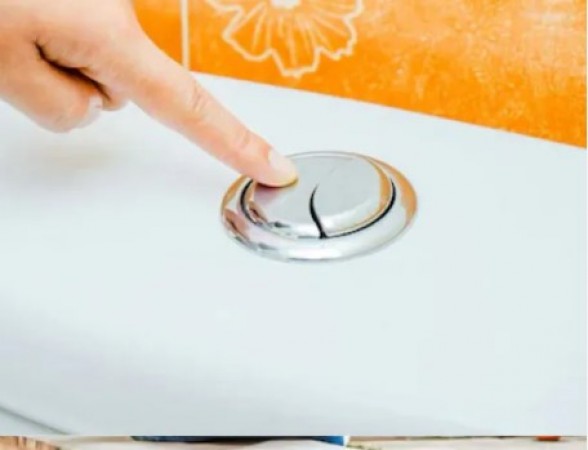
When you visit a modern restroom, you'll likely encounter a toilet with two buttons for flushing instead of the traditional single lever or button. Have you ever wondered why there are two buttons? And whose ingenious work led to this innovation? Let's delve into the intricacies of flush buttons and the minds behind them.
Evolution of Flush Mechanisms
To understand the rationale behind dual flush buttons, it's essential to grasp the evolution of flush mechanisms. Traditionally, toilets featured a single flush system where pressing a lever or button released a consistent amount of water, typically around 6 liters (1.6 gallons) in many regions. This standard flush was effective but often used more water than necessary, contributing to wastage and higher water bills.
The Birth of Dual Flush Systems
Enter the dual flush system, a revolutionary concept aimed at conserving water while maintaining optimal flushing efficiency. This innovation introduces two buttons, each serving a specific purpose:
1. Full Flush Button (H2)
The larger button, usually marked with a solid circle or "full flush" label, is designed for disposing of solid waste. When pressed, it releases a higher volume of water, effectively clearing the bowl with a powerful flush.
2. Half Flush Button (H2)
The smaller button, often adorned with a broken circle or "half flush" symbol, is tailored for liquid waste. This button triggers a reduced amount of water to flow into the bowl, sufficient for clearing liquid waste without unnecessary water expenditure.
Benefits of Dual Flush Systems
The introduction of dual flush buttons brings several benefits:
Water Conservation: By providing separate options for solid and liquid waste, dual flush systems significantly reduce water usage compared to traditional single flush toilets. Studies have shown that they can cut water consumption by up to 67%.
Cost Savings: With decreased water usage, households and businesses can enjoy lower water bills, contributing to long-term cost savings.
Environmental Impact: By conserving water, dual flush systems play a role in preserving precious water resources and reducing the carbon footprint associated with water treatment and distribution.
Innovators Behind Dual Flush Technology
The concept of dual flush toilets is attributed to several innovators and companies who recognized the need for more efficient water usage in sanitation:
Bruce Thompson: In the 1980s, Australian inventor Bruce Thompson developed the first dual flush toilet system, aiming to address water scarcity issues in his country. His invention gained widespread recognition for its effectiveness in water conservation.
Caroma Industries: Australian bathroom fixture manufacturer Caroma, inspired by Thompson's innovation, commercialized the dual flush technology in the early 1990s. Their commitment to sustainability propelled dual flush toilets into mainstream popularity worldwide.
Conclusion
The presence of two buttons on flush represents a significant leap in toilet technology, offering users the flexibility to conserve water without compromising on performance. Thanks to the pioneering efforts of innovators like Bruce Thompson and companies like Caroma Industries, dual flush systems have become a staple in modern restroom design, promoting sustainability one flush at a time.
Do these things to get immediate relief from acidity
iPhone lasts only for so many years, know how long your phone will remain safe